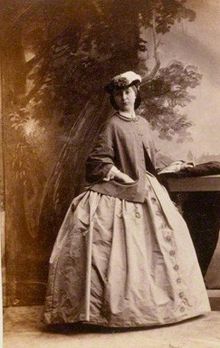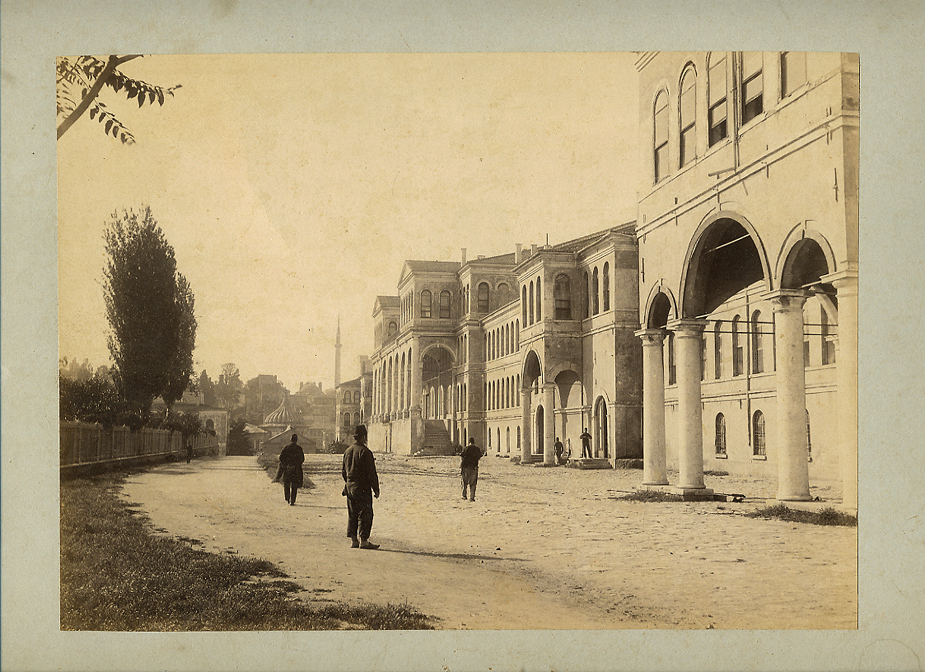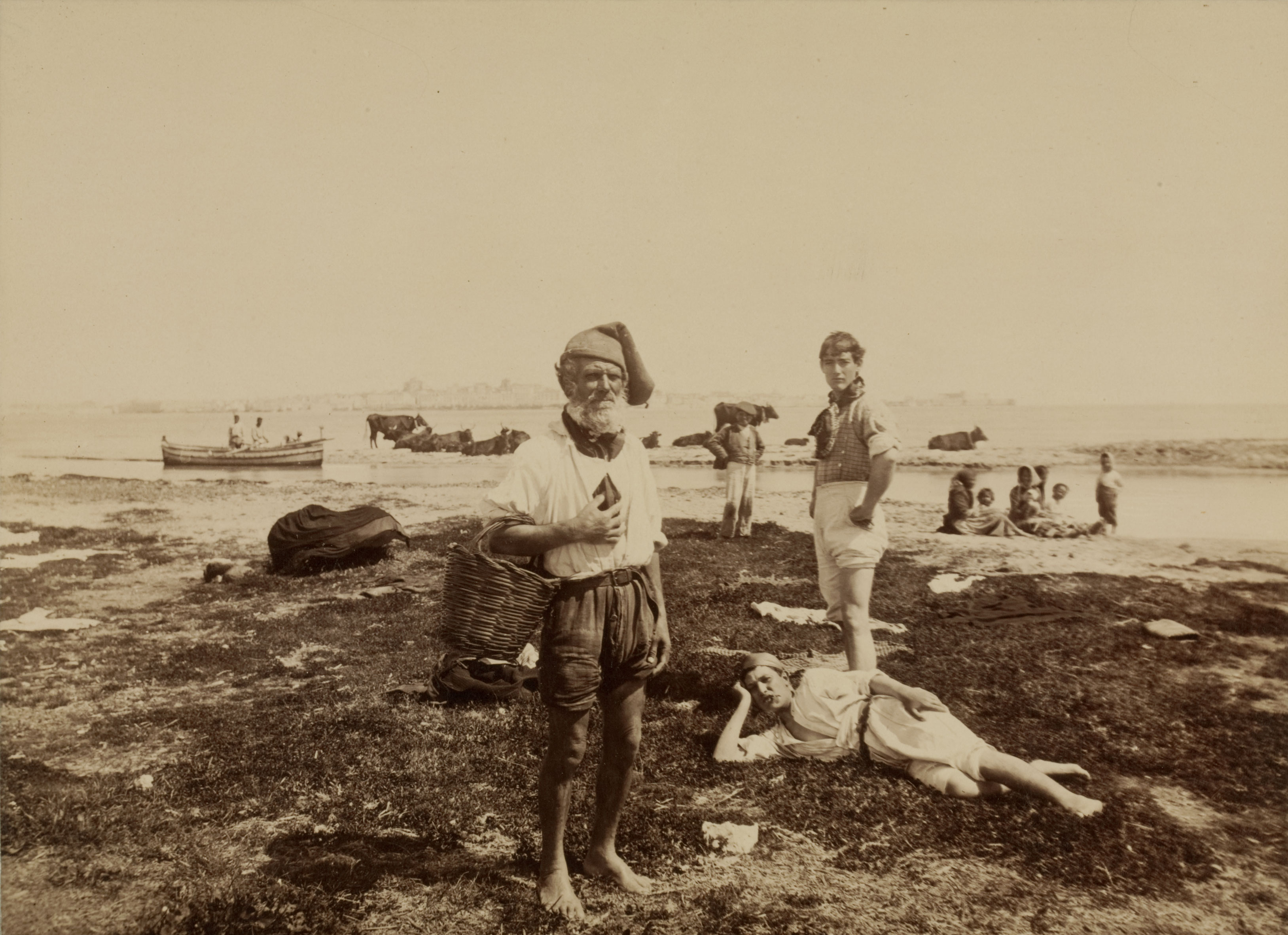Albumen print
The albumin paper counted to 1900 's most popular copying papers. The method was developed by Louis Désiré Blanquard - Evrard (1802-1872) of the French Academy of Sciences presented and described on May 27, 1850. The albumin paper allowed more detailed and more cost-effective than the photographs until then common methods of Calotype, Ambrotype and daguerreotype and gave a warm image tone. His wealth of detail is not even reached with modern copy papers.
If the albumin paper after development again with protein (ie, ovalbumin) plated, it provides images of high gloss. Coated with starch ( arrowroot) it provides dull images. The albumen paper was - and is in artistic photography today - used because it can reproduce the finest details.
Production
To produce the albumin paper proposes one protein with ammonium chloride solution ( " ammonium chloride solution " ) to foam and leaves the bow on the clear liquid that separates from the foam, swim one minute. The dried paper is placed in the dark to a solution of silver nitrate, which is impregnated with silver chloride ( " silver chloride " ) and silver nitrate, and dried.
One determines the negative with the Kollodiumseite upwards on the glass plate, which forms the bottom of the so-called printing frame, covers the paper with its sensitive side down on the negative, and includes the printing frame such that the paper is pressed firmly against the glass negative. Then turn the frame around so that the negative is facing the light and makes it so long in broad daylight in position until all parts of the image are strongly visible. To develop at the picture washes out with water to wash out the still present in the layer, unexposed silver nitrate. Arranging treatment in the so-called Tonbad joins, a solution of Kaliumtetrachloridoaurat (III) ( " auric chloride potassium " ) and sodium acetate ( " acetate of soda " ) or sodium tetraborate ( " borate of soda " ) in water. The red-brown tone of the image transforms it into a purple-blue; but you can also get other nuances by an appropriate amendment of the bath.
The toned and faded image ( fixer " hyposulphite of soda ", that is ) fixed in a solution of sodium thiosulfate and then very carefully washed. If the sodium is not completely washed out, then silver sulfide forms ( " sulphide of silver "), which turns yellow the image. The dried images are finally cut to fit, glued and smoothed between rollers ( calendered ).
Albumen paper was manufactured industrially and much of the world production was produced in the Dresden albumin factories. 1888 reached a production rate already almost 9 million sheets in the format 46 × 58 cm.










